Explore Our Historic Building
Architect
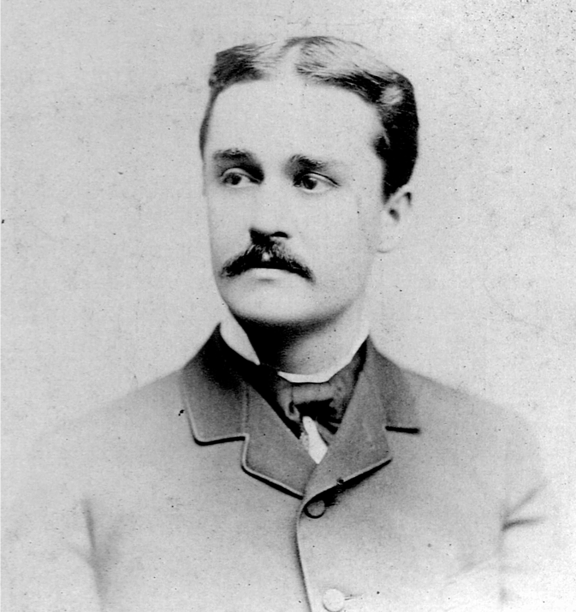 Our 1910 Beaux Arts building was built by Albert Pissis, one of the most distinguished and the most traditional of the city’s classic architects. Pissis selected Belgian black marble and Tennessee pink marble to flank the walls, and the Greek key adorns the iron circular staircase and is inlaid in the original tile flooring.
Our 1910 Beaux Arts building was built by Albert Pissis, one of the most distinguished and the most traditional of the city’s classic architects. Pissis selected Belgian black marble and Tennessee pink marble to flank the walls, and the Greek key adorns the iron circular staircase and is inlaid in the original tile flooring.
Library

Featuring ornate columns and balconies housing our collection, our two-storied library is a treasure-trove for library-lovers, offering a quiet place to work, relax and read, write or conduct research. The 2nd floor of our historical library also is used as an event venue after hours for chamber and jazz music concerts and talks with nationally recognized authors.
Chess Club
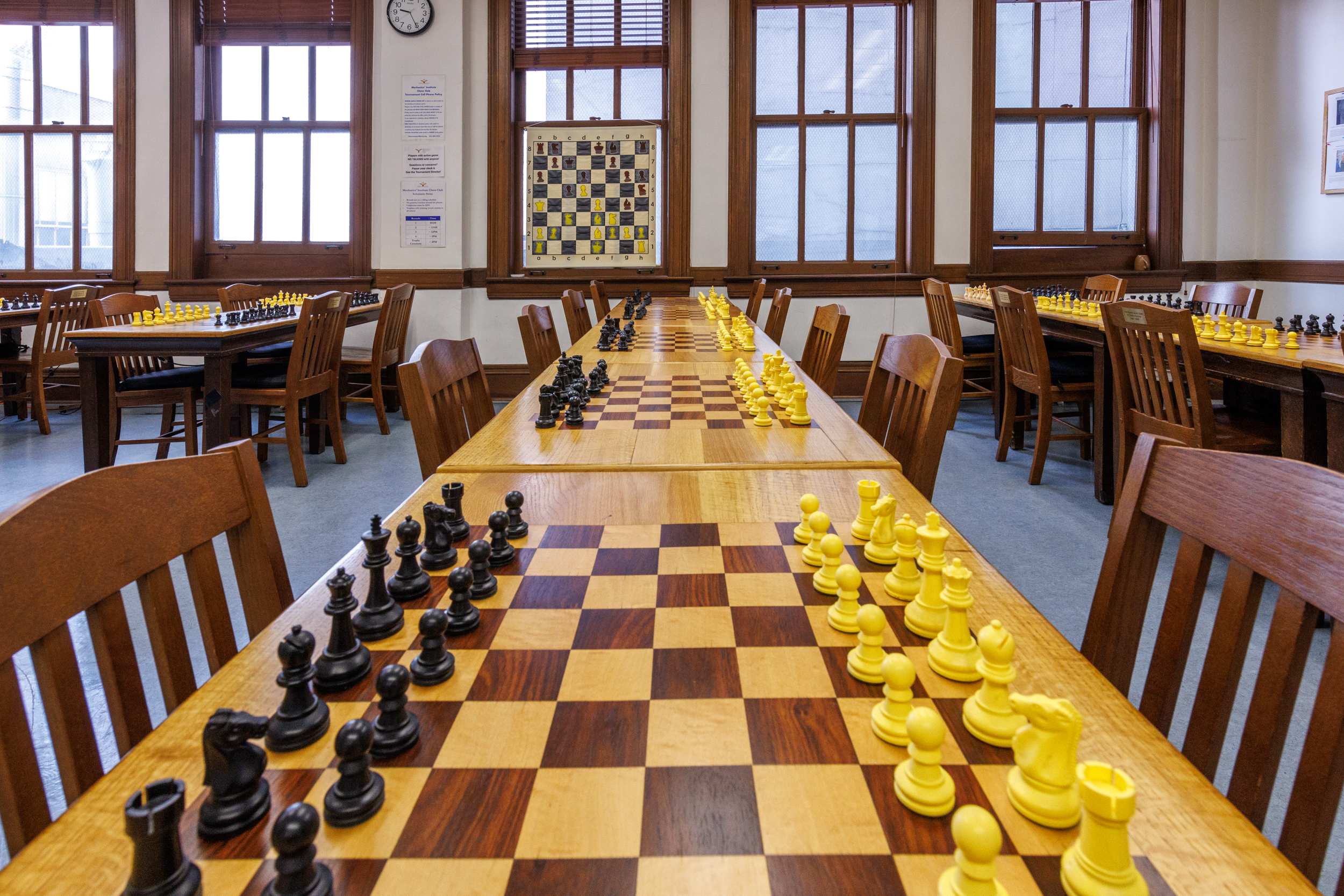
Mechanics’ Institute houses the oldest continuously operating chess program in the United States. Our chess room is home to our original chess boards from 1910 and photographs of grand masters who have visited our location since our founding.
Spiral Staircase
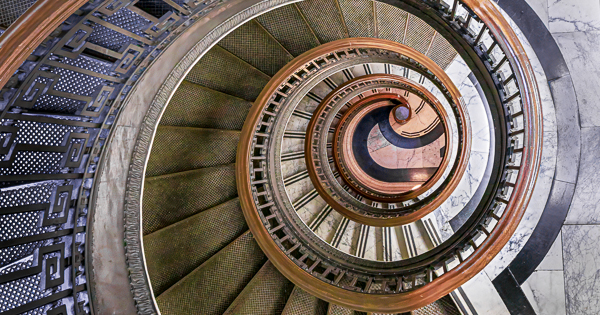
Pissis selected the materials for the staircase, which was assembled as a kit on the East Coast and shipped around Cape Horn for assembly in San Francisco. Its iron grate is embedded with the Greek key and our spiral story extends from the lobby to the library floors.
Mural
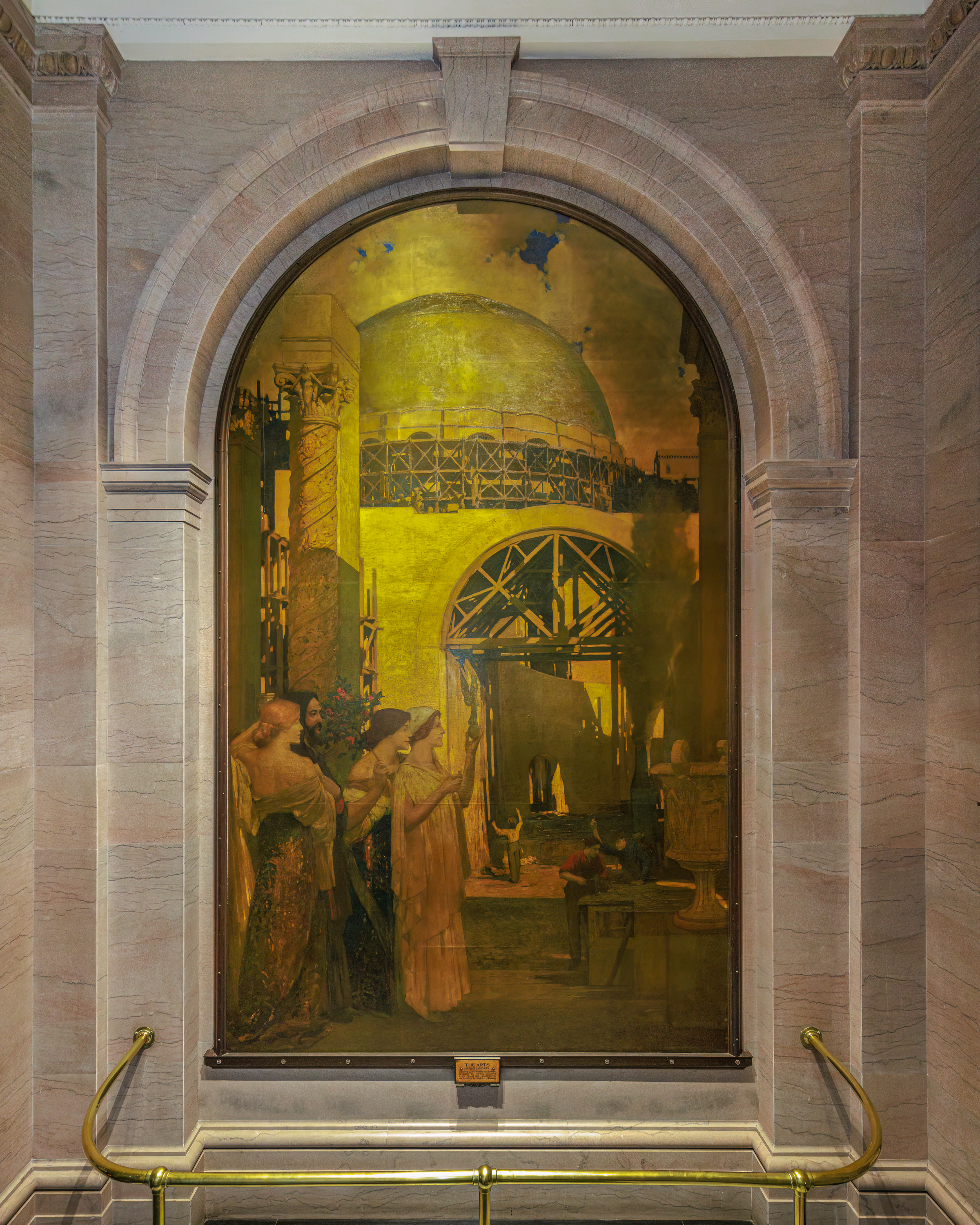
A mural painted by Arthur Mathews, an American tonalist painter who was co-founder of the Arts and Crafts movement, and his wife and partner, Lucia Mathews, a carpenter, is a prominent feature in our lobby. The Mathews were commissioned in 1915 to replace a similar mural that they had painted in the Mechanics’ Institute building that was destroyed in the 1906 earthquake and fire.
Bust of James Lick
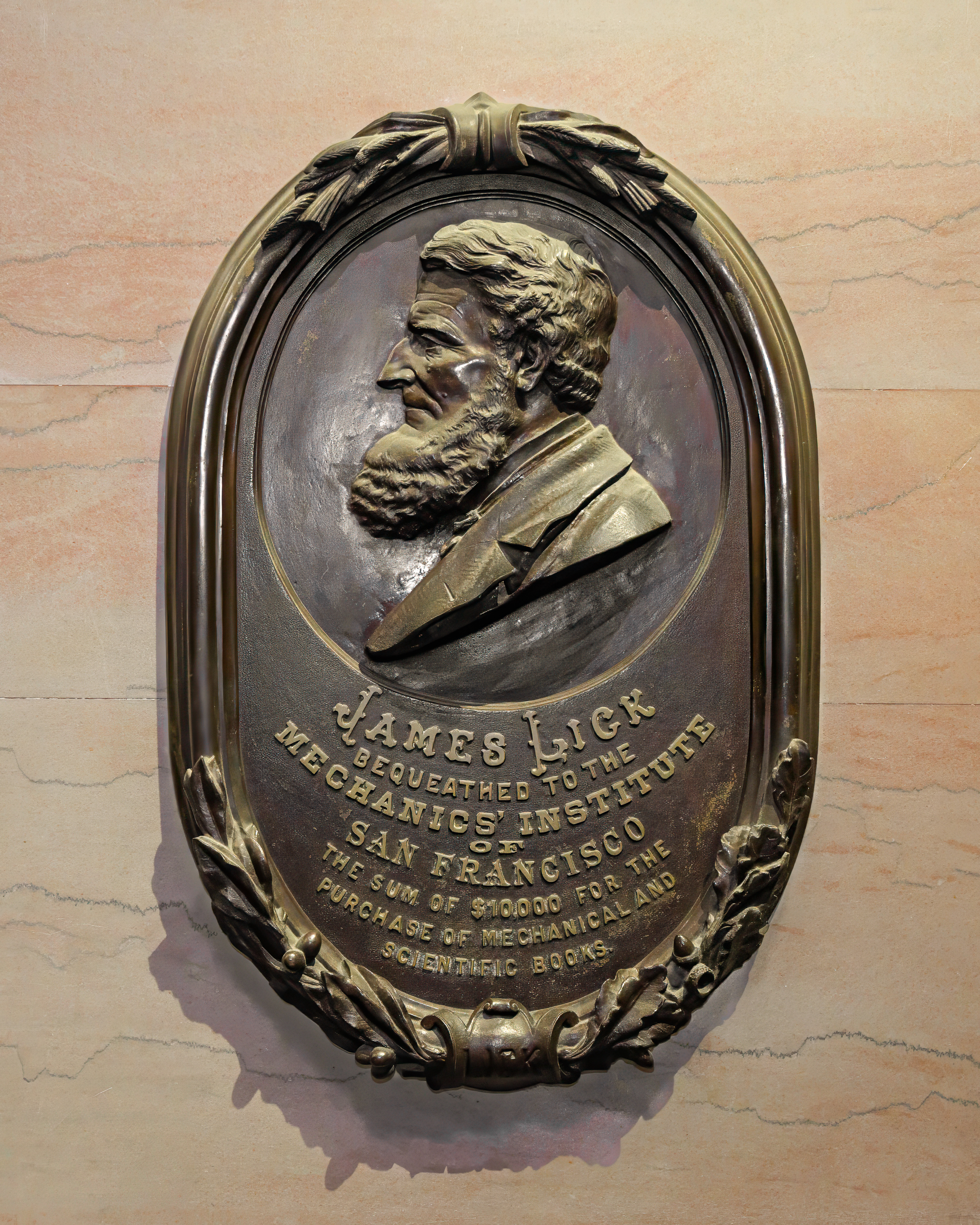
Originally bolted to the wall in 1896 of the original building, the bronze bust of James Lick survived the 1906 earthquake and fire. The bust is 200 pounds of solid bronze, originally cost $250, and was placed in the lobby in 1912. It is one of the only items that survived the 1906 earthquake of our original building, also located on Post Street.
Meeting & Event Spaces
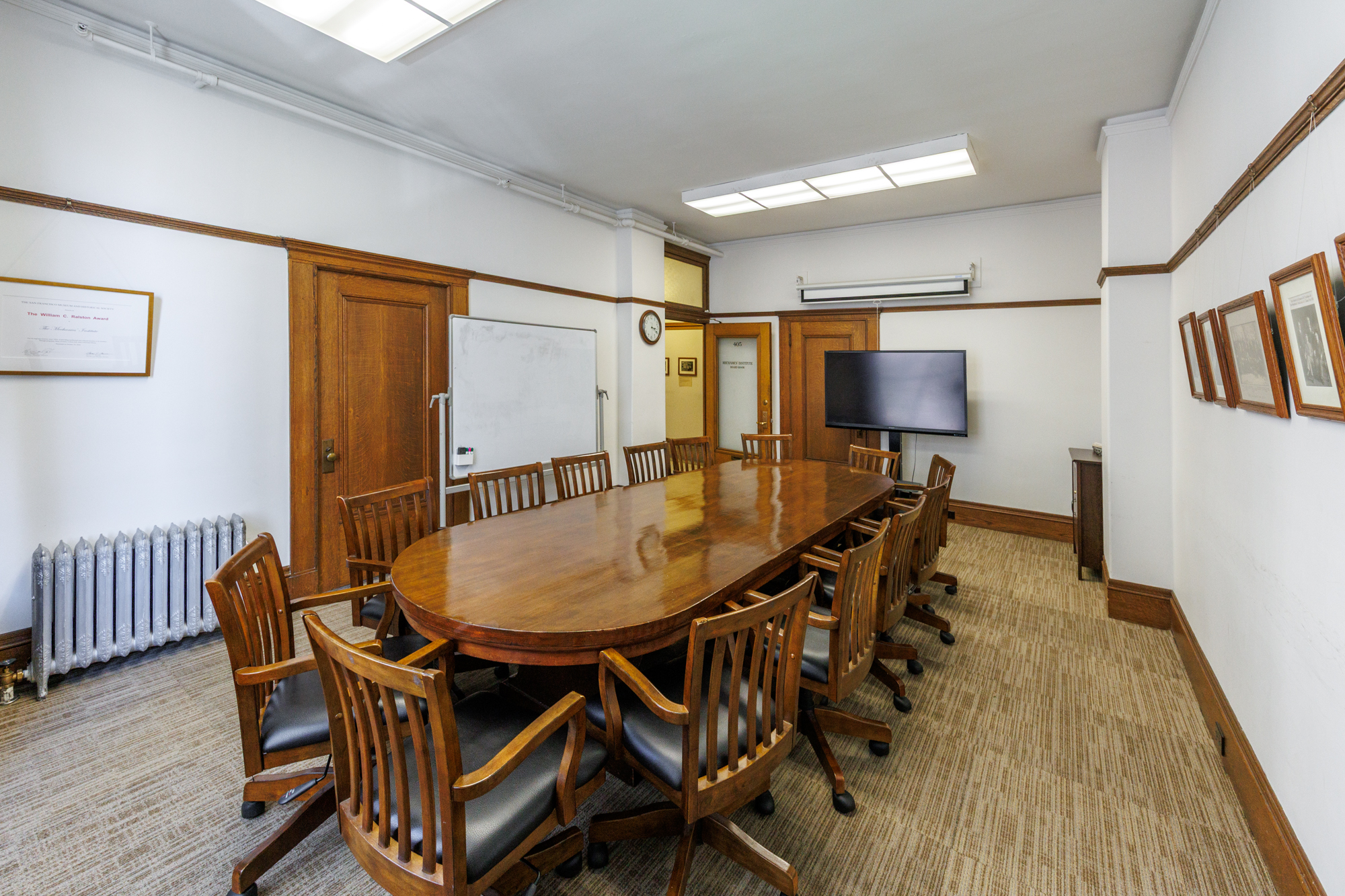
Our wood-paneled meeting room and event spaces are used for many of our cultural events. These spaces retain the original architecture while updated to accommodate audiovisual and telecom equipment.
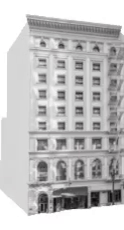
Site photography by Greg Habiby
Donate today and your gift will be doubled!
Together, we sustain culture in community. All gifts are matched 1:1!
Double my Donation